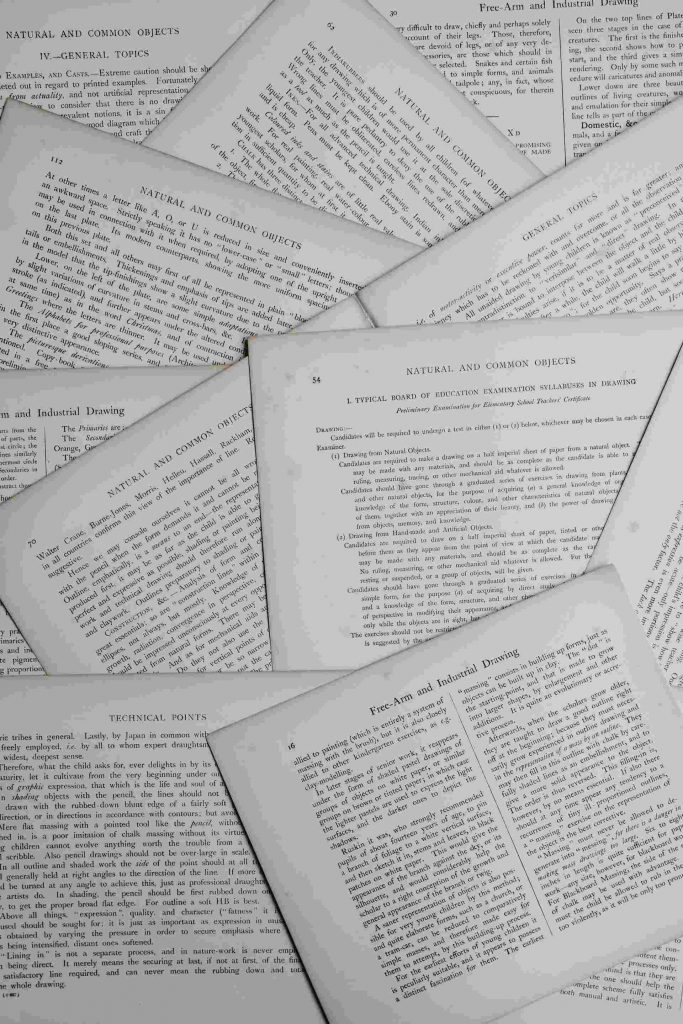1) Start with a focused topic
When you’re writing a paper, losing focus on your topic is easy. This can cause you to veer off into tangents that have nothing to do with your original assignment. To prevent that, write down one sentence describing what your paper should be about at its core—be specific! Is it a critique of an author or text? A comparison between two ideas or topics? Or something else entirely? Once you know exactly what you want to say, everything else will fall into place.
2) Write a strong thesis statement
If your paper doesn’t start with a thesis, you might be confused about what exactly it is that you’re writing about—and that confusion could make it difficult for your reader (your instructor) to follow along. A strong thesis statement will give you direction as you write your paper and keep it on point. The best thesis statements are specific rather than vague; they use plain language, clearly announce what will be said, and contain one main idea.
3) Do research before writing your first draft
You may think it’s a good idea to start writing your first draft as soon as possible—the sooner you get started, right? Not so fast! Research and planning are critical, even for shorter essays. It would be best if you had time to explore and discover ideas, information, and evidence that could initially inform your topic. Time spent researching will pay dividends once you start writing your first draft. If you don’t have enough time to explore before starting your paper, try breaking up your research into smaller chunks of time throughout the week.
4) Get organized before you start writing
To avoid spending too much time in front of your computer, it’s a good idea to get organized before you start writing. Start by drafting an outline and then list all of your sources—whether they’re books or journal articles—and reference them within your paper so you can easily find them when you need them. When crafting an outline, create clear and concise topics and cover each one in just a few sentences. If you have trouble coming up with ideas for your paper, think about what aspects of the topic interest you most. Then look at what other students have written about similar topics; chances are there will be plenty of resources for additional research available online.
5) Use professional formatting when submitting your paper
Depending on your school, you probably must submit papers with a particular formatting style. For example, most schools require double spacing and 12-point Times New Roman font; others require 10-point font and one-inch margins. These requirements should be outlined in your syllabus or handbook—and if they aren’t, then check with a professor. Proper formatting makes it easier for your instructor to read and grade your paper—so make sure you comply!
6) Cite sources properly
If you’re going to present someone else’s ideas as your own in a college paper, it’s best not to get caught as a paper writer. Correctly citing your sources is an essential part of achieving academic success. It shows that you respect others and understand how their work contributes to knowledge. There are several citation styles, but whatever type you choose, ensure it is consistent throughout your paper and includes at least author names, year published, and pages used.
7) Edit your work thoroughly
You must carefully edit your work, especially if you’re writing a business or school paper. If an essay is sloppy and riddled with typos, it can make even a good idea seem weak. Plus, professors may give points for poor grammar and spelling mistakes on college papers. But, of course, proofreading is not just about catching typos; it’s also about seeing whether your ideas are conveyed clearly and concisely. Are they? Is there anything missing? Is there anything extra you could cut?



